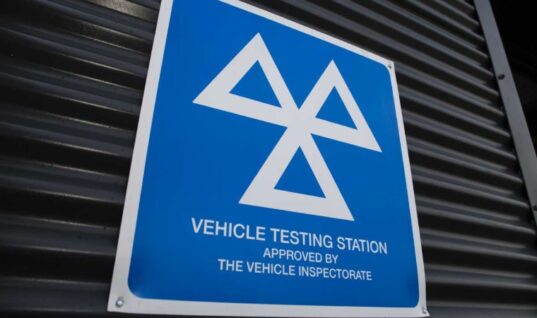ELTA Automotive has this week released an essential lambda sensor guide for technicians in its TechAssist bulletin.
First fitted to cars in 1977 to improve the efficiency of combustion engines and help to reduce harmful exhaust emissions such as carbon monoxide, Lambda sensors operate by measuring the amount of oxygen in the exhaust.
An ELTA spokesperson said: “An efficient engine requires a specific amount of air and fuel in it’s cylinders at combustion.
“The perfect ratio being 14.7 parts air to one part fuel.”
The optimum mixture is known as lambda and is where the name originates, although they are also knwon as oxygen sensors thanks to their fundamental role of measuring oxygen.
The levels calculated by the lambda are sent as data to the ECU which then calculates and determines how best to achieve the ideal mixture of air and fuel at combustion.
An incorrect air/fuel mixture will be either rich where the air is high in unburned fuel and low in oxygen or lean which has the opposite balance.
The spokesperson added: “Many vehicles now feature a pre-cat lambda sensor and a post-cat lambda sensor.
“Whilst the pre-cat lambda sensor communicates to the ECU regulating the air/fuel ratio; the post-cat lambda sensor performs a diagnostic role, monitoring the catalytic converter.”
How to diagnose lambda sensors
Before a vehicle fails an emission test or the engine check light appears, ELTA says drivers may notice increased fuel consumption and/or a rough idle.
Both are signs of a failing lambda sensor.
Once the sensor fails the OBD may display either code P0131 or P0134.
“Many lambda sensor failures will simply be a result of age,” explains the spokesperson.
“Normally, the lifetime of an unheated sensor is around 45,000 miles.
“Heated sensor lifetime is typically closer to 100,000 miles.”
The lambda sensor operates in extremely high temperatures so damage to the heater element of the sensor is the most frequent fault.
Vibration or damage to connectors and/or wires can also cause failure.
According to ELTA, another common cause of premature failure is contamination.
Technicians are advised to analyse the visual appearance and
If signs of contamination are present, technicians are advised to address the cause before replacing the sensor.
Antifreeze contamination

Antifreeze contamination.
Visual signs
The sensor nose will be contaminated with a grainy white or light grey coating.
The cause
Coolant with anti-freeze may have found it’s way into the combustion process and reached the Lambda Sensor.
The solution
Always address the root cause of the failure before replacing the Lambda Sensor.
In this case check the head gasket for leaks and repair if required.
Engine additive contamination
 Visual signs
Visual signs
Similar to anti-freeze, the sensor nose will be contaminated with white or red deposits.
The cause
Excessive use of any engine or fuel additive can contaminate or block the lambda sensor.
The solution
Again, address the root cause of the failure before replacing the Lambda Sensor.
In this case cleaning the fuel system prior to replacement is required.
Oil contamination
 Visual signs
Visual signs
Look for oily black deposits left on the sensor nose.
The cause
The vehicle may be burning excessive oil which can contaminate and/or block the sensor.
The solution
Thoroughly check the engine for leaks including all the usual seals that are prone to failure.
Once repaired replace the sensor.
Fuel contamination
 Visual signs
Visual signs
If fuel is burning too rich, a black soot may be seen on the sensor nose.
The cause
A damaged lambda sensor or fault in the fuel system can result in a high air to fuel ratio producing black soot which damages the lambda sensor.
The solution
Measure exhaust gases to ensure the fuel system is functioning correctly. Check the lambda sensor heater control and sensor heater.
Rectify any faults before replacing the sensor.
Lead contamination
 Visual signs
Visual signs
The sensor nose may be contaminated with shiny grey deposits.
The cause
Not as common now as this type of contamination is usually caused by leaded fuel attacking platinum parts or the sensor.
The solution
Replace any leaded fuel in the system with unleaded before replacing the sensor.
For further information about ELTA Automotive, select ‘more details’ below.







